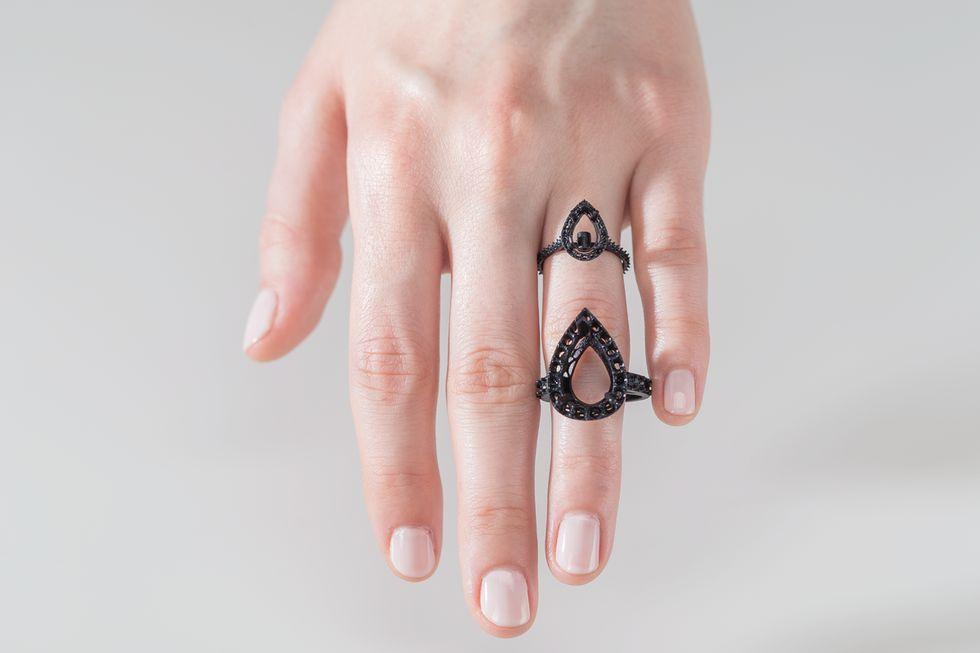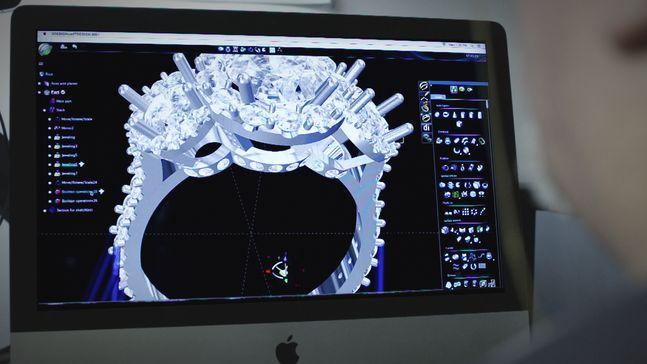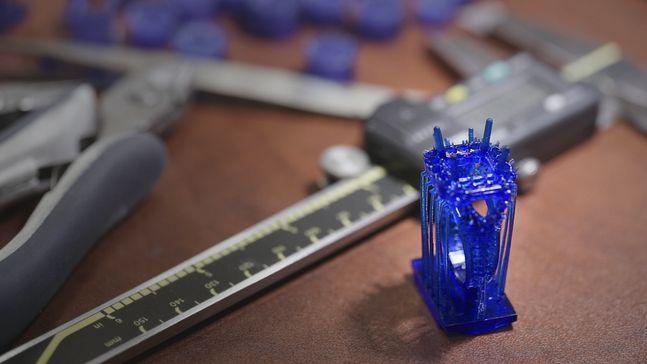 There are many ways that 3D printing exhibits its strength in the areas of customization, and jewelry is definitely one of them. From custom-fitting to custom-designing, jewelry pieces are very special. As 3D printing technology develops, we see more opportunities for people interested in selling and creating 3D printed jewelry. There’s specific design software and 3D printers, like the Form 2, intended for jewelry prototyping. Formlabs, maker of the Form 2 3D printer, has recently released an eight-page White Paper for jewelry retailers, on the topic “Selling Custom Jewelry with 3D Printing.” Here’s a summary of some key points from the White Paper, covering your initial meeting with a new client to closing a deal.
There are many ways that 3D printing exhibits its strength in the areas of customization, and jewelry is definitely one of them. From custom-fitting to custom-designing, jewelry pieces are very special. As 3D printing technology develops, we see more opportunities for people interested in selling and creating 3D printed jewelry. There’s specific design software and 3D printers, like the Form 2, intended for jewelry prototyping. Formlabs, maker of the Form 2 3D printer, has recently released an eight-page White Paper for jewelry retailers, on the topic “Selling Custom Jewelry with 3D Printing.” Here’s a summary of some key points from the White Paper, covering your initial meeting with a new client to closing a deal.
This Formlabs White Paper begins with three basic objectives: improve client confidence to increase your customer ratio; present more expensive or larger options to increase average retail sale; and finally, use prototypes to decrease clients’ fit and comfort issues.
Client confidence can be improved in a number of ways. You should discuss your timeframe and budget with your client as you understand what the client’s needs and goals are in this design and manufacturing process. Involving your client in design input is important, and this will require you to get to know their own style and overall design aesthetic. You also need to take appropriate sizes. Once you’ve done all this, you are ready for the client to speak directly with the jewelry designer.
In Section 2 on “Preparing Materials,” Formlabs suggests you offer 3-5 different center stone options if the client is interested in purchasing loose gemstones. Also, you should offer one “reach” option that is out of the client’s budget, but may fit the other criteria for this custom jewelry piece. Once the decision is made about the stone, take a deposit on it. If old stones are being used in new pieces, unmount, clean, and grade them. Also have the client decide what other old metal parts to scrap or use in the new piece. Finally, confirm your design appointment, and meet with the designer about all client information beforehand.
 In the Design Meeting (section 3), introduce and facilitate communication between the client and the designer. Also, take notes on both the client’s and the designer’s needs and concerns. Here, you can perform either a “soft close” where you summarize presentation, engraving, and any coordinating pieces. You can perform an “optional close” where you determine the timeline and take the deposit.
In the Design Meeting (section 3), introduce and facilitate communication between the client and the designer. Also, take notes on both the client’s and the designer’s needs and concerns. Here, you can perform either a “soft close” where you summarize presentation, engraving, and any coordinating pieces. You can perform an “optional close” where you determine the timeline and take the deposit.
The next step is the Prototype Meeting. To summarize, this meeting is when a client observes the CAD rendering of the piece, interacts with the prototype, and considers alternative options as well. The designer should be present to answer questions, and it is here where the final timeline can be discussed and a deposit accepted. This is when you close the sale.
Next, the model is reprinted using castable resin and sent out to an approved casting house to be cast in metal (or cast in-house). Once the resin model is made, no more design changes are possible. When the piece arrives, present it to the client, check its fit, and explain any upkeep or cleaning necessary for the piece. You can invite anyone who has worked on the piece (designer or gemcutter) to be present here, and if policy allows, you can also present the client with additional design process materials including photos, sketches, etc.
Your follow-up, once the client has the piece, includes getting permission to display it on social media, and offering a complimentary cleaning of the piece. If the piece is intended as a gift for a special occasion (like an engagement ring) you can also keep track of its presentation date and inquire after its presentation. “How did it go? Did she like the ring?”
You get the idea. Transparency in the process, as much as possible, helps involve clients in all aspects of the design, prototyping, and finalizing steps. If you follow the advice in this Formlabs White Paper, your clients will be singing your praises, returning in the future, and recommending your services to other interested parties. You can also watch this video below about the custom jewelry making process, featuring Formlabs’ own client, Isaac Cohen of Isaac’s Fine Jewelry. Discuss in the Custom 3D Printed Jewelry forum over at 3DPB.com.
Subscribe to Our Email Newsletter
Stay up-to-date on all the latest news from the 3D printing industry and receive information and offers from third party vendors.
You May Also Like
Air Force Awards Fortius Metals $1.25M to Qualify 3D Printing Wire for Hypersonic Applications
AFWERX, part of the US Air Force Research Laboratory (AFRL), awarded a Direct-to-Phase II Small Business Innovation Research (SBIR) contract worth $1.25 million to Colorado’s Fortius Metals, to accelerate qualification...
US Air Force Awards JuggerBot $4M for Large-format Hybrid 3D Printing
Large-format 3D printer manufacturer JuggerBot has received a $4 million grant to develop a large format 3D printer, courtesy of the Under Secretary of Defense, Research and Engineering Manufacturing Technology...
Where Have All AM’s Unicorns Gone?
In the rapidly evolving world of 3D printing, startups valued at over a billion dollars, known as unicorns, once seemed as fantastical as the mythical creatures themselves. While a few...
How My Childhood Fascination with Planes Led to Investing in 3D Printing
My fascination with aerospace started young, and I started studying planes–identifying them in the sky and learning everything I could about how they work. Fast forward to my first week...

































